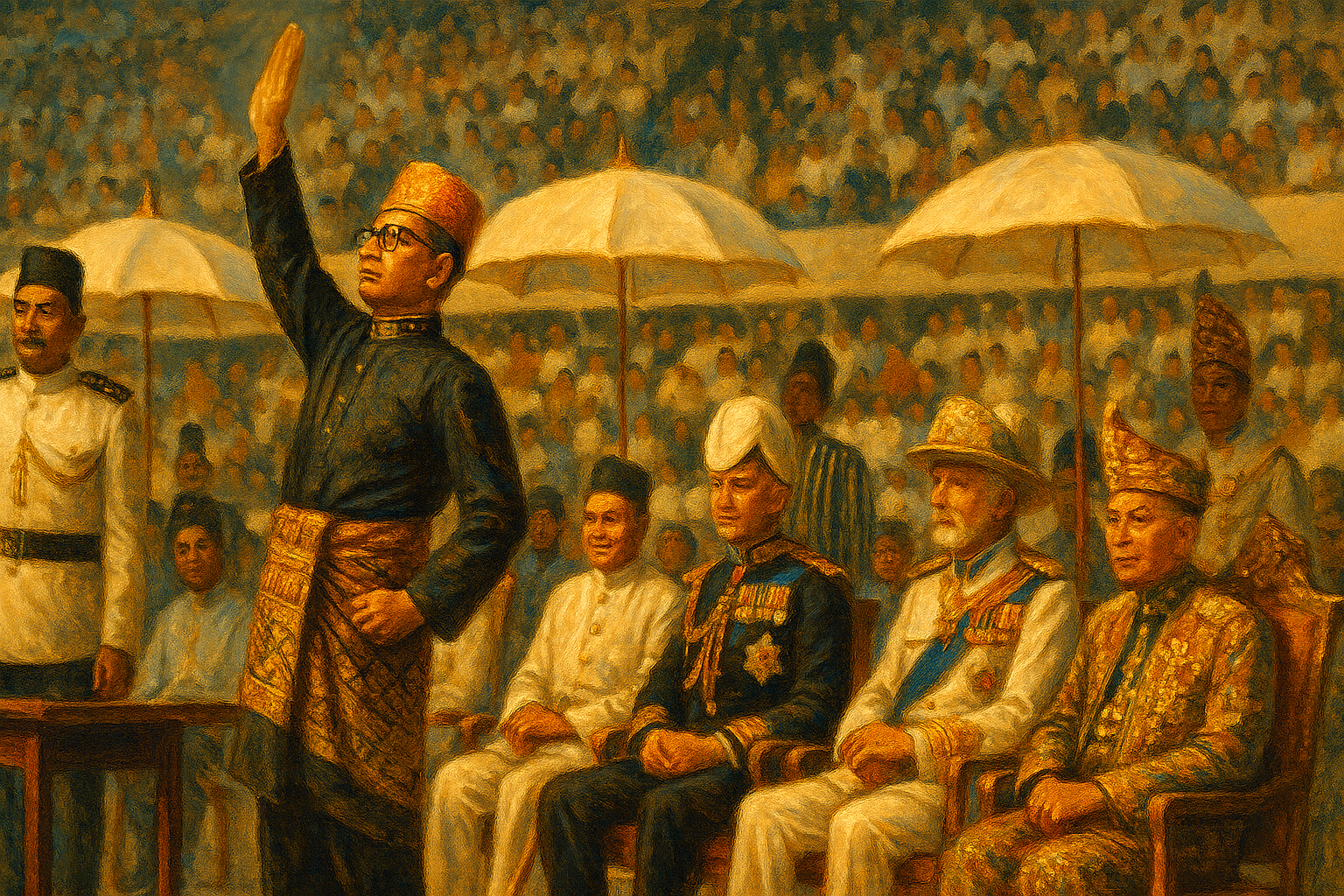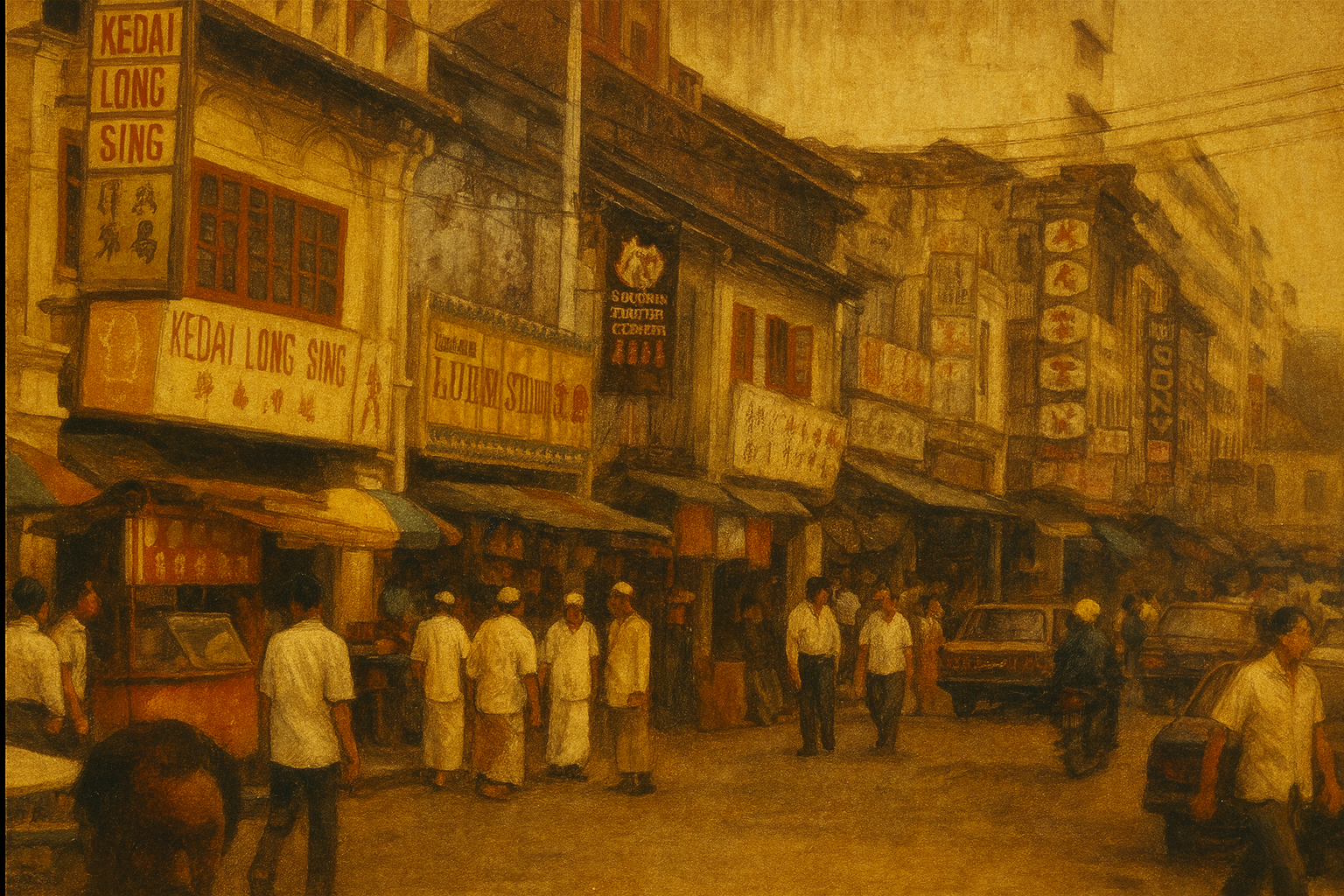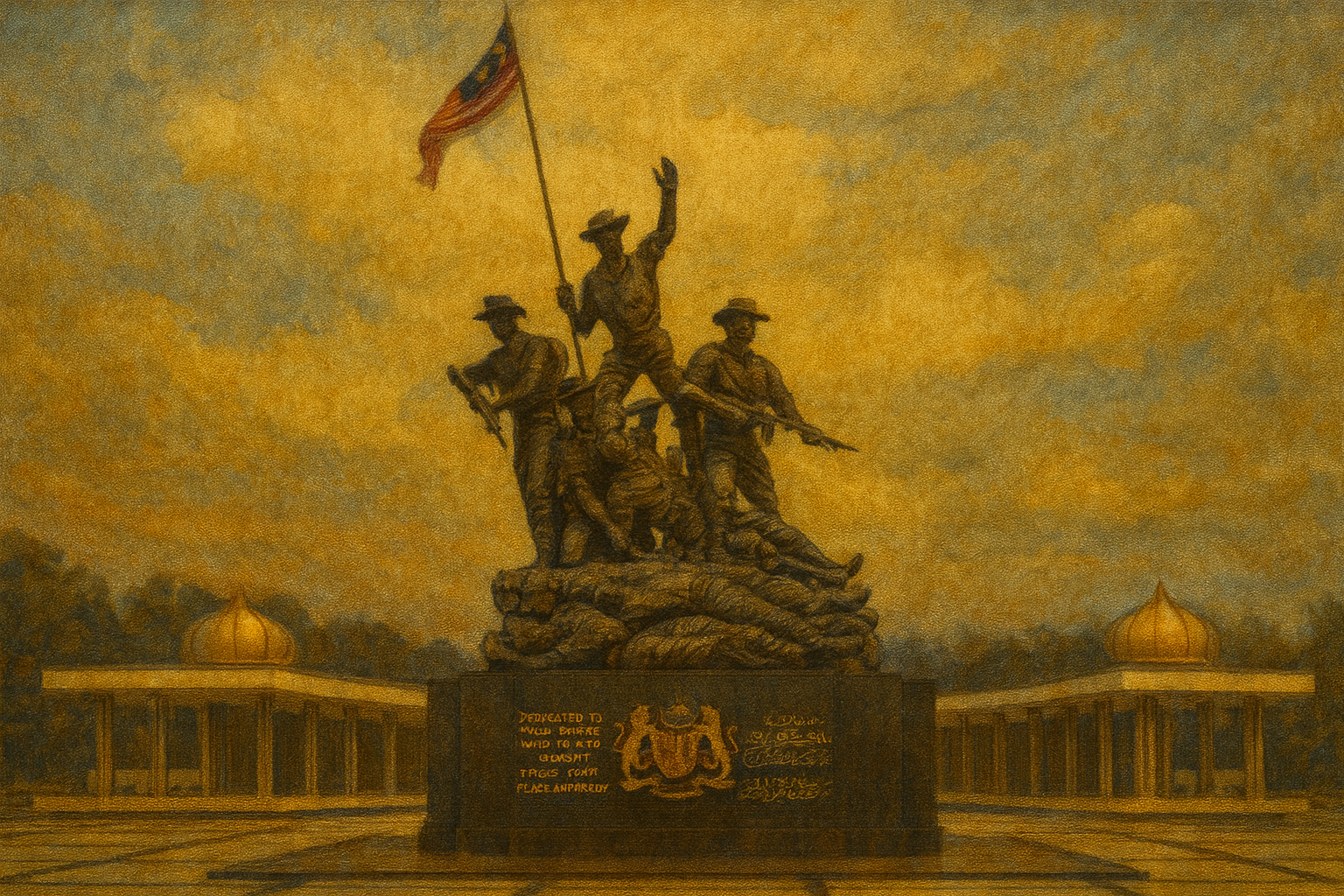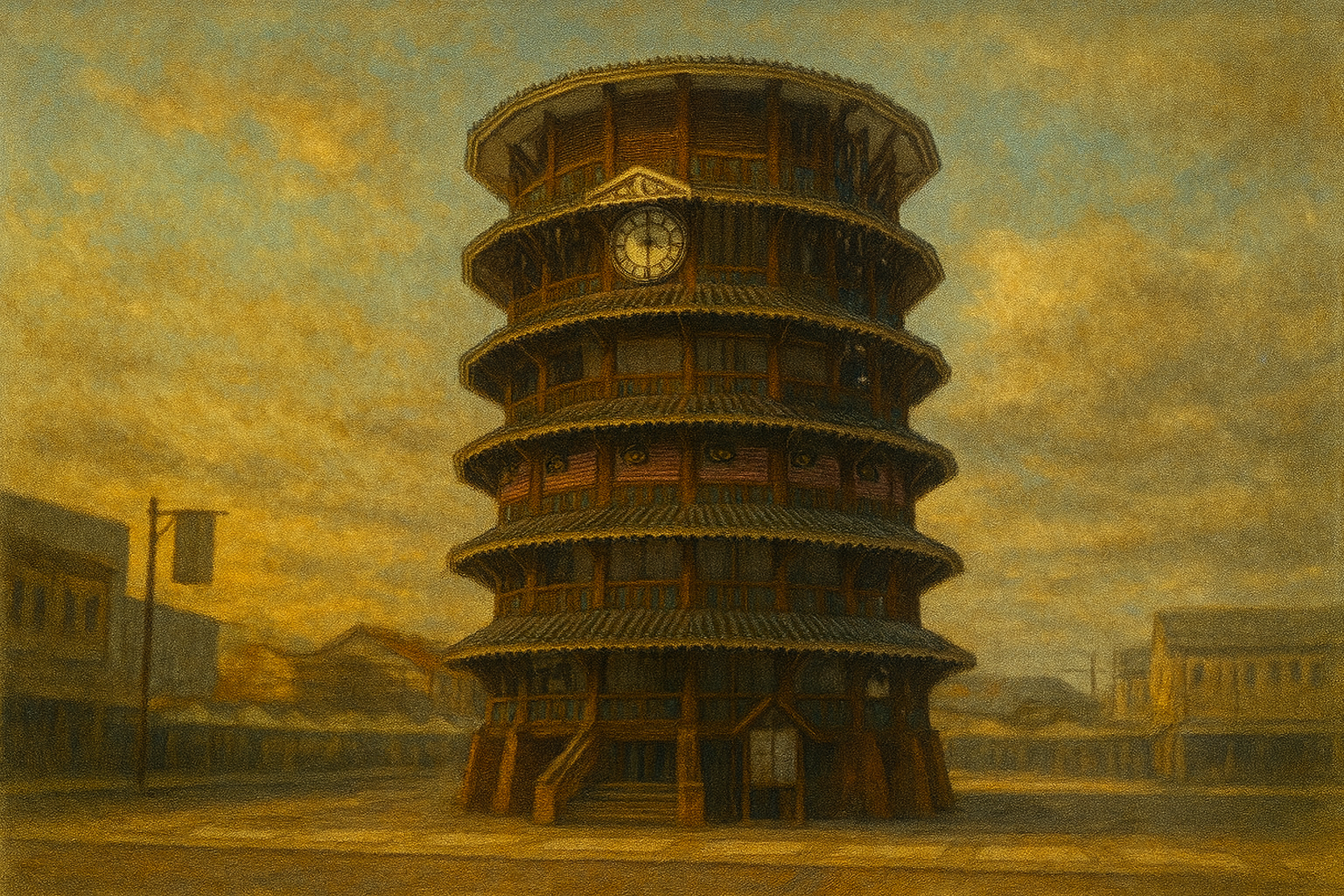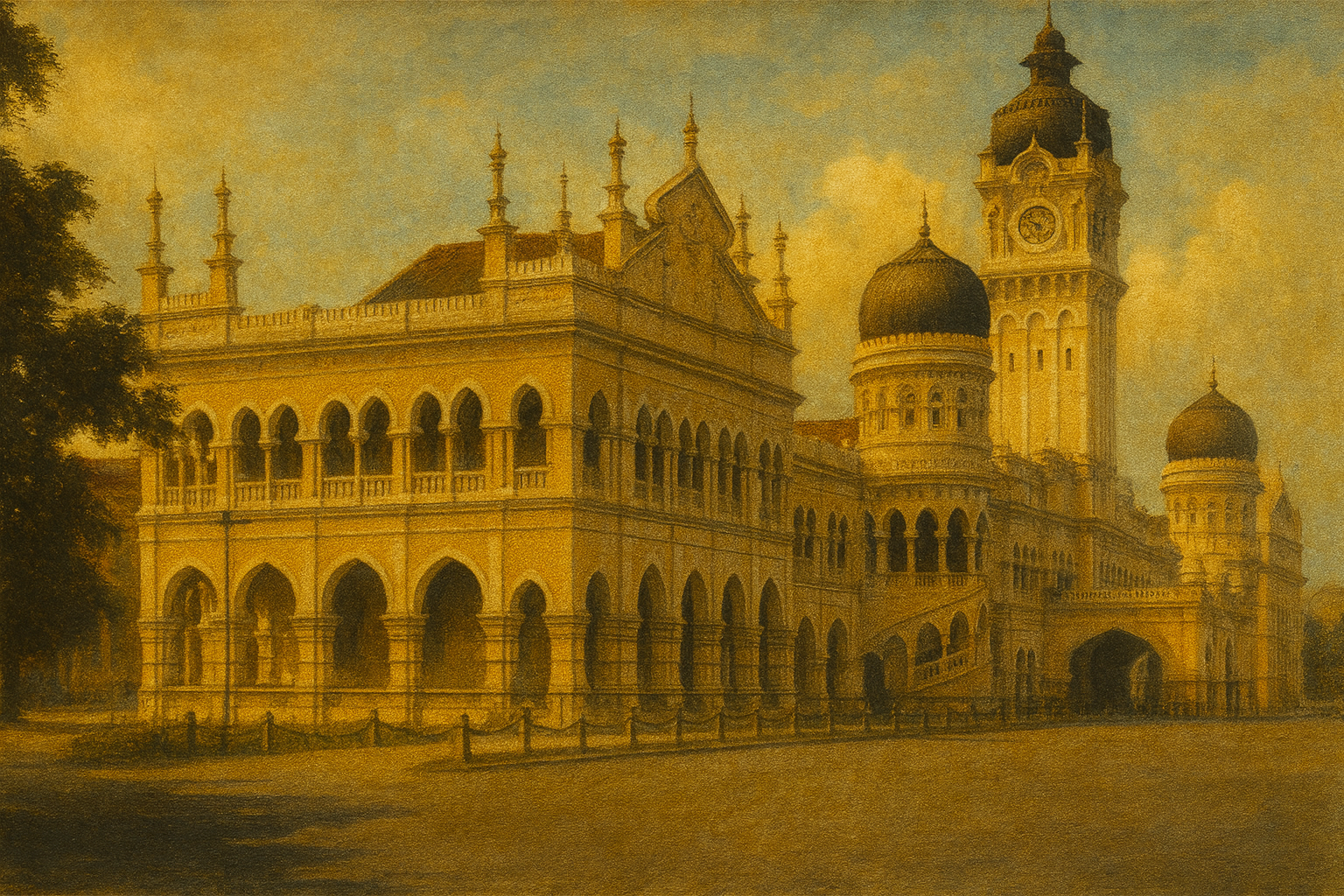1948



| Currency Rate to USD | 2.12 |
| GDP Per Capita (USD) | 120 |
| Population (millions) | 4.98 |
| Nasi Lemak Price | 15 cents |
| Teh Tarik Price | 5 cents |
| Urban Population Percentage | 15% |
Malayan Union Era
After WWII, British tried to reshape rule via the Malayan Union: easier pathways to citizenship for many, reduction of Malay rulers’ powers.
Malayan Emergency Era
Life during the Emergency meant fear, disruption, and deep divisions. For many rural folks, night-raids, curfews, food scarcity, and forced relocations (into “New Villages”) came with the insurgency.
Cold War
After WWII, the world splits into blocs—capitalist West led by U.S., communist East led by USSR. People everywhere feel the pressure: fear of nuclear annihilation, propaganda, ideological influence in media and education, proxy wars in Asia, Africa and Latin America.

Establishment of the Federation of Malaya
The establishment of the Federation of Malaya on 1 February 1948 marked a pivotal reconfiguration of British colonial administration in the Malay Peninsula, addressing widespread Malay opposition to the Malayan Union and laying the groundwork for eventual independence.

Death of Sultan Abdul Aziz of Perak and Accession of Sultan Yussuf Izzuddin Shah
The death of Sultan Abdul Aziz al-Muʽtasim Billah Shah on 26 March 1948 led to the immediate accession of his cousin, Sultan Yussuf Izzuddin Shah, as the 32nd Sultan of Perak, ensuring continuity in the state's monarchy during the early days of the Federation of Malaya.

Unveiling of the Melaka Warrior Monument
On April 5, 1948, the Melaka Warrior Monument was unveiled at Bukit Cina in Malacca to honor Chinese victims of Japanese atrocities during World War II.
Sungai Siput murders
The Sungai Siput murders on 16 June 1948 were a series of targeted killings of British estate managers in Perak, British Malaya, carried out by suspected communist insurgents.
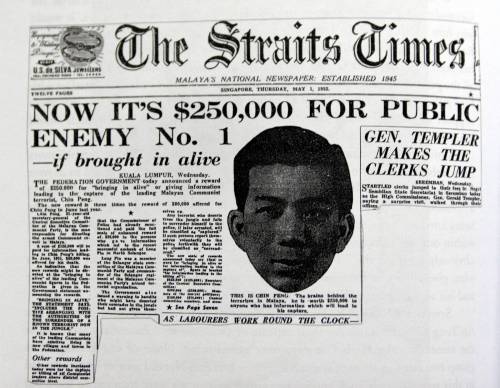
Declaration of the Malayan Emergency
The Declaration of the Malayan Emergency on 16 June 1948 marked the beginning of a 12-year counterinsurgency campaign in British Malaya against communist insurgents led by the Malayan Communist Party, amid post-World War II economic unrest and Cold War tensions.
Killing of Communist Leader Lau Yew
On 16 July 1948, Lau Yew, a prominent Malayan Communist Party leader and MPAJA veteran, was killed in a British ambush in Kajang, Selangor, shortly after the declaration of the Malayan Emergency, marking an early and significant blow to communist efforts against colonial rule.

Formation of the Jungle Squad
The formation of the Jungle Squad on 1 August 1948 represented a key British colonial escalation in countering the communist insurgency during the Malayan Emergency, shifting from defensive measures to proactive jungle warfare tactics that helped contain the Malayan National Liberation Army and paved the way for Malaya's independence.
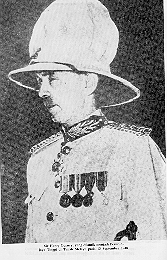
Appointment of Sir Henry Gurney as High Commissioner of the Federation of Malaya
The appointment of Sir Henry Gurney as High Commissioner for the Federation of Malaya on 1 October 1948 came at a critical time, succeeding Sir Edward Gent amid the escalating Malayan Emergency and providing leadership during a period of communist insurgency and colonial reform.

Batang Kali Massacre
The Batang Kali massacre involved the execution of 24 unarmed male civilians by British Scots Guards soldiers on 12 December 1948 in a remote rubber plantation village during the Malayan Emergency, highlighting brutal counterinsurgency tactics and colonial violence.
Enactment of the Sedition Act 1948
The Sedition Act 1948 was enacted by British colonial authorities in the Federation of Malaya on July 23, 1948, to suppress seditious activities amid rising political tensions and the Malayan Emergency, a communist insurgency that threatened colonial stability.

